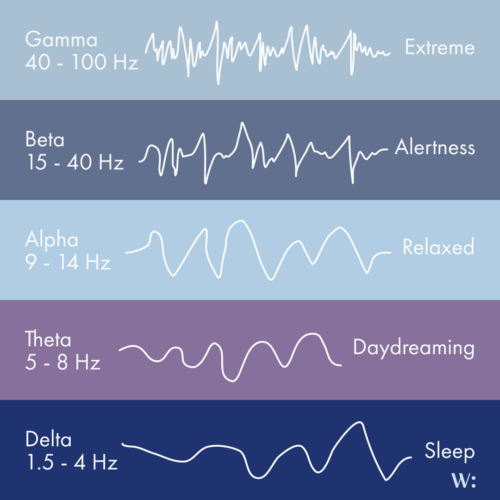From numbers to wellness. Biohacking’s data-first approach
Our world is evolving. We are developing new gadgets, new tech, but we’re also developing greater wisdom of personal wellness. And in the rift between these two movements, biohacking is born. Biohacking is about optimising your biology, but not just on someone’s whim – evidence and data are central to biohacking. Here’s how.

Quantifying yourself
One of the foundational principles of biohacking is to quantify and track your biological parameters. Wearable devices, smartphone apps, and other technology have made it easier than ever to monitor parameters like heart rate, sleep patterns, and caloric intake. When you collect this data you can track your progress, make informed decisions, and see if some change to your lifestyle gives you the result you wanted. You track it, and then you hack it.
Calculating our future health
Biohacking is not just about addressing current health issues but also about preventing future ones. First, you continuously collect data on key health aspects and then make data-driven lifestyle choices. When you see how your body has been doing for the last 6 months, you can get some insights into how to help it in the next 6 months, and potentially extend your lifespan. One-size-fits-all solutions work to an extent, but for the best result, you have to study your own body. Long-term tracking for long-term changes.
The role of rigorous research
But of course, we have to be critical about biohacking and our health. Our body is not a playground. Biohacking heals. But with poor knowledge, we can just as easily harm ourselves. That’s why relying on rigorous, well-made, peer-reviewed research evidence is crucial to support the ideas about health improvement that one might have.
Embracing the complexity
Finally, we have to mention just how crucial evaluating everything in biohacking is. For example, turmeric is anti-inflammatory (which can potentially improve your brain and heart health) but it can also be hard on the liver. Biohacking is rarely black-and-white, and we have to analyse all four sides of an issue before reaching for an answer.
Biohacking and data are like a tree and the soil. One grows from the other. But one can’t live without the other. Biohacking can be fun with its experimentation, self-tracking, and long-term improvements and it can bring you abundant fruits. But we also can’t forget about the underlying well-made research evidence behind it.
You may also like:
More from the magazine
Selected stories from our Team








